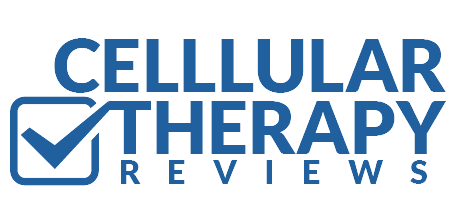Frequently Asked Questions
Our most frequent questions and answers about stem cell therapy and regenerative medicine.Frequently Asked
WHERE DO THE STEM CELLS COME FROM.
Typically, stem cell and regenerative products are obtained from umbilical cord tissue from full-term live deliveries after receiving consent from the donating parents. The donated tissue and cells undergo extensive medical testing to ensure safety. You may ask your individual provider about the specific type of cellular product being used as well as the manufacturers information.
HOW ARE STEM CELLS ADMINISTERED?
Typically, treatment is administered via intramuscular injection, directly into the joint space, or intravenously (IV) depending on your provider. Some providers also use imaging to guide injections into the joint. Your regenerative medicine specialist should discuss your particular treatment method with you before you receive treatment.
AM I A GOOD CANDIDATE FOR REGENERATIVE STEM CELL THERAPY?
If you are looking for a more natural solution towards regenerating the body, we recommend you consult with one of our Regenerative Medicine Experts to discuss your specific issues.
WHAT IS THE COST OF STEM CELL THERAPY?
The cost of therapy can range widely depending on the individual and their specific goals and needs. The average costs are actually much more affordable than people imagine.
WILL INSURANCE COVER STEM CELL THERAPY?
Currently, no insurance company will cover regenerative stem cell therapy outside of bone marrow transplants. Many providers do offer payment plans.
ARE THERE CERTAIN MEDICATIONS THAT CAN INTEREFERE?
Yes, certain medications and supplements may reduce the number of stem cells or interfere with your results. You can speak with your regenerative medicine specialist about any prescription medications or supplements you are taking at the time of your consultation.
ARE THERE ANY SIDE EFFECTS?
In a very small percentage of patients have reported a minor reaction of flu-like symptoms. This typically does not last more than 24-48 hours. This actually demonstrates the cells’ anti-inflammatory and immune-privilege potential.

